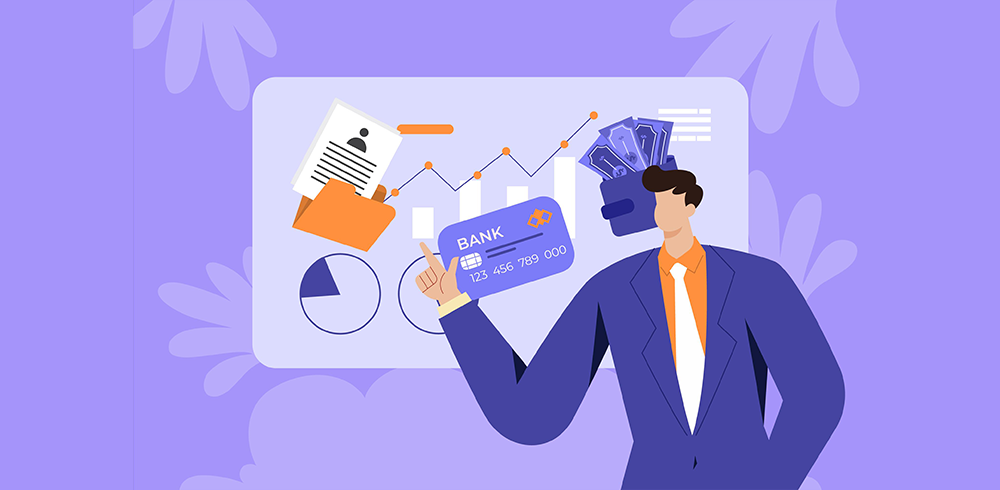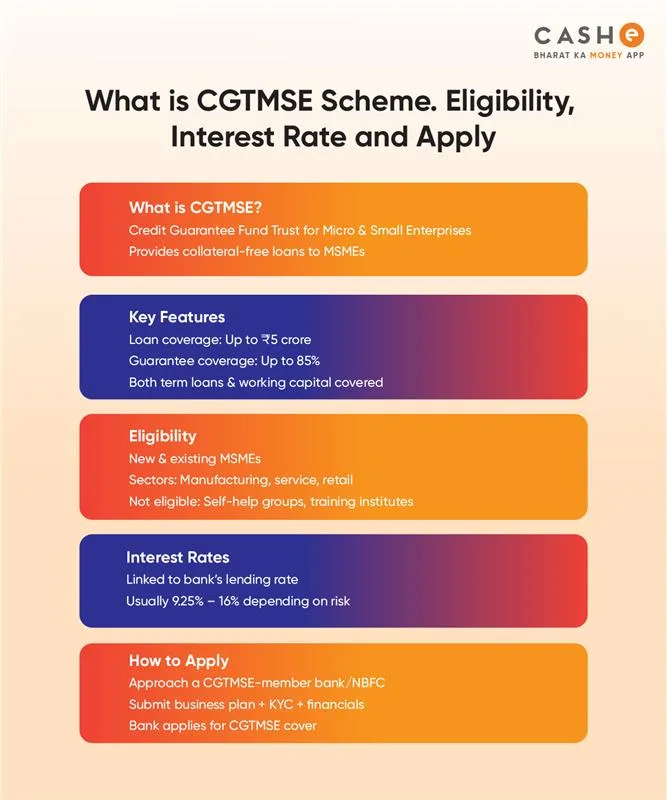If you wish to run a successful business, then you should be aware of credit control and its aspects. Credit control is an important part of managing a business’s money. It is all about ensuring that customers pay on time. This would help your business stay financially healthy. Let’s take a look at different aspects of credit control including types of credit control, methods of credit control, benefits of credit control, etc. This guide will explain what credit control is, why it’s important, and how it works.
What Is Credit Control?
Now comes the main question – what is credit control? It is the process businesses often use to decide how much credit to give customers. It also involves making sure customers pay their dues on time. The main objective of credit control is to reduce the risk of not getting paid and to keep cash flowing smoothly.
How Credit Control Works
There are several steps involved in the credit control process.
Step 1: Checking Credit
Before giving credit, businesses look at a customer’s past payments and financial health.
Step 2: Setting Limits
Once the credit is checked, businesses set a maximum amount each customer can borrow.
Step 3: Tracking Payments
Regularly check customer accounts to check how much they owe and when payments are due.
Step 4: Sending Bills and Reminders
Send invoices right after a sale and reminders when the payment date gets closer.
Step 5: Following Up
Contact customers who are late with payments and take steps to collect the money if needed.
Who Uses Credit Control?
Credit control is used by many types of businesses, especially those that deal with credit. These businesses could be:
- Manufacturers who sell products to stores and get paid later.
- Wholesalers who sell large quantities of goods to retailers with payment due after delivery.
- Service providers who offer services like consulting or repairs.
- Retailers who give credit to regular customers or through credit card sales.
Why Is Credit Control Important?
Here are some of the significant benefits of credit control:
- Credit control helps ensure the business has enough money to pay its own bills and invest in growth.
- It plays an important role in lowering the chance of not getting paid by customers.
- Credit control also helps in clearing credit terms, thereby, building good relationships with customers.
- It prevents cash shortages that can disrupt business operations.
Also Read: 4 Ways to Improve Your Credit Score With a Personal Pre-Approved CASHe Limit
Example of Credit Control in Action
Suppose a bookstore supplies books to a local school on credit. Now, before agreeing to the deal, the bookstore checks the school’s past payment records to make sure they pay on time. Once satisfied, the bookstore delivers the books and sends an invoice for a certain amount with a 30-day payment term.
When the due date gets closer, the bookstore sends a gentle reminder to the school. If the payment is still not made on time, the bookstore follows up with a phone call. By keeping track of the account and staying in touch, the bookstore ensures it gets paid on time.
Types Of Credit Control
There are two main types of credit control:
Preventive Credit Control
It is the credit control when actions are taken before giving credit, like checking a customer’s credit history and setting limits.
Curative Credit Control
It is the type of credit control where actions are taken after giving credit, like monitoring accounts, sending reminders, and collecting overdue payments.
Credit Control Factors
There are numerous factors that affect the credit control process. Here are some significant ones:
- Credit control policies: Clear rules about who gets credit, how much, and what happens if they don’t pay.
- Customer assessment: Checking how reliable customers are at paying their bills.
- Monitoring systems: Tools for tracking who owes money and when it’s due.
- Communication: Regularly talking with customers about their payments.
- Debt recovery: Plans for collecting overdue payments, including legal steps if necessary.
What Is The Difference Between Credit Control and Credit Management?

Credit control and credit management are related but different:
- Credit Control: Focuses on day-to-day tasks like setting credit limits and collecting payments to reduce bad debts and keep cash flowing.
- Credit Management: Includes credit control but also involves long-term planning and strategies for giving credit. It is about finding the best ways to manage credit to help the business grow.
Essential Steps of a Credit Control Process
Creating a good credit control process involves these steps:
1. Set credit policies
It refers to making simple rules for giving credit. With this, you decide who can get credit, how much and how long they have to pay. You can note down these rules clearly so that your team and customers understand them.
2. Check creditworthiness
Before giving credit, check if the customer is trustworthy and pays others on time. You can look at their payment history or ask for references. This would help you avoid giving credit to someone who may not pay later.
3. Set credit limits
Once you know you can trust the customer, decide the maximum amount of credit you can give them. This is called setting the credit limit. It would protect your business from big losses if the customer delays or misses payments.
4. Send invoices promptly
After the sale or service, make sure to send the bill quickly. The sooner you send it, the sooner the customer knows what to pay and by when.
5. Monitor accounts
Ensure you keep checking customer accounts regularly to see who has paid and who has not. This would help you track payments, avoid delays and take action early if someone misses a payment.
6. Send reminders
If the payment date is near, send a friendly reminder through SMS, email or phone. Because many people forget to pay, reminders can help them remember payments.
7. Take action
If a customer still does not pay even after reminders, you can take further action. This can be calling them, stopping future credit or asking a collection agency for help.
Conclusion
Credit control is important for maintaining the financial health and stability of a business. In today’s digital age, tools like the CASHe app can simplify financial management for individuals and small businesses. CASHe offers instant personal loans, providing quick and easy access to funds without the lengthy approval processes. The app’s user-friendly interface would allow you to apply for instant personal loans, check your eligibility, and receive disbursements directly to your bank accounts in a matter of minutes.











